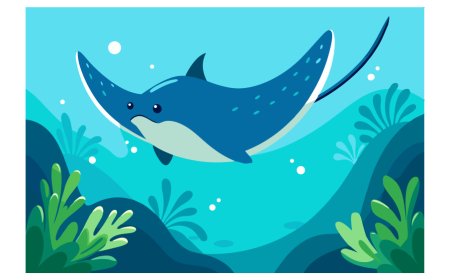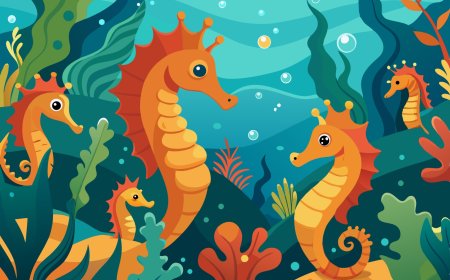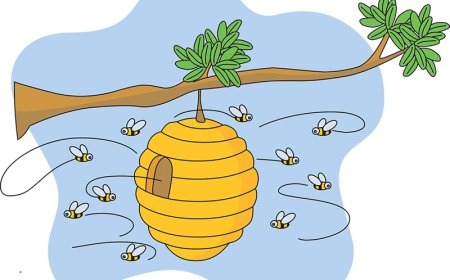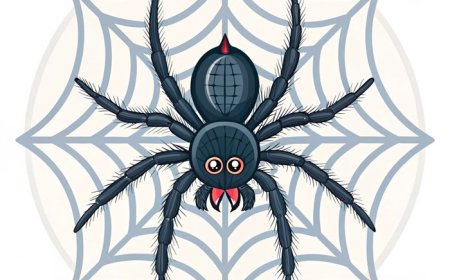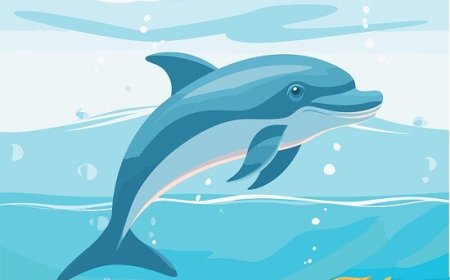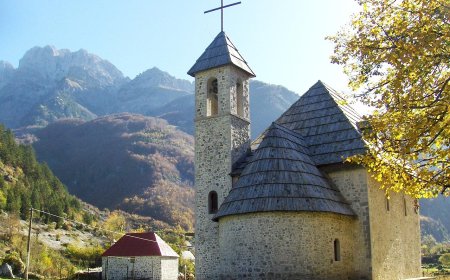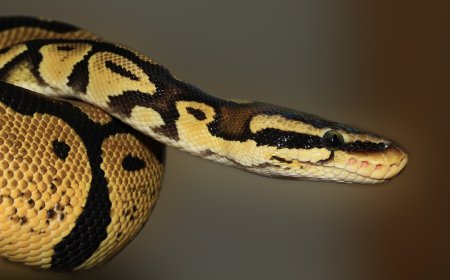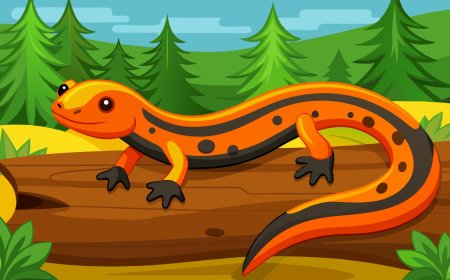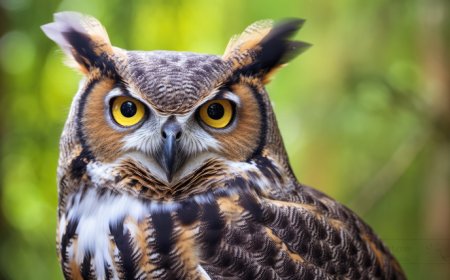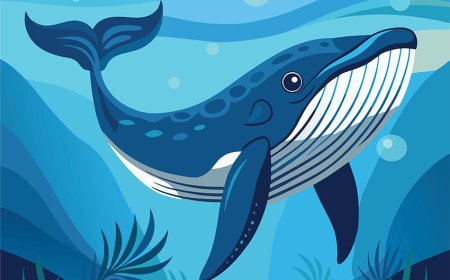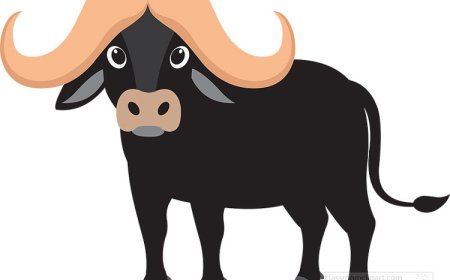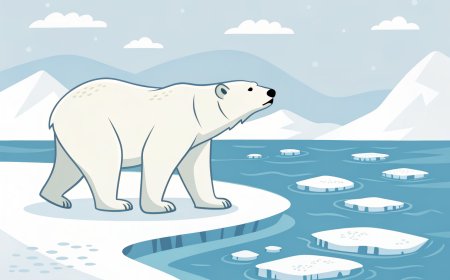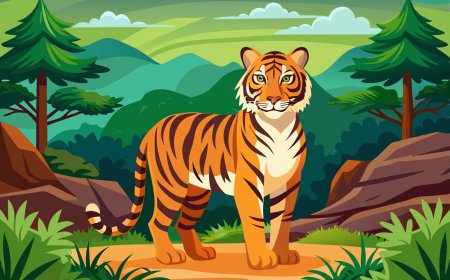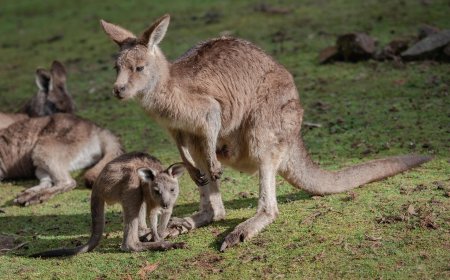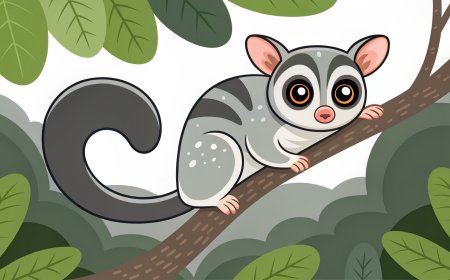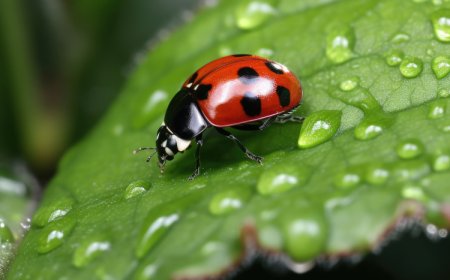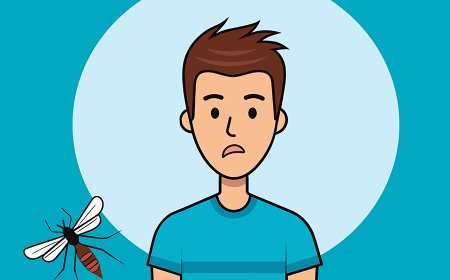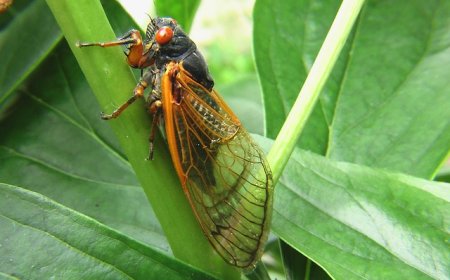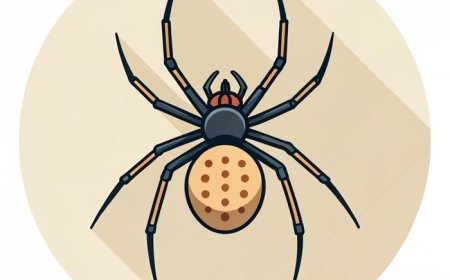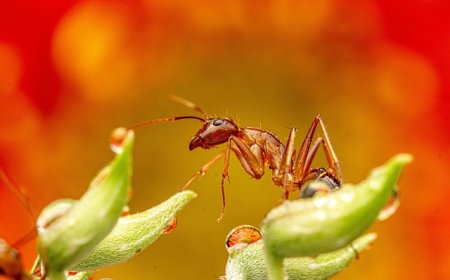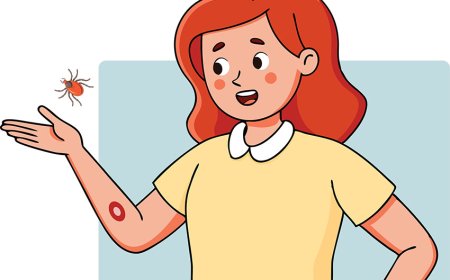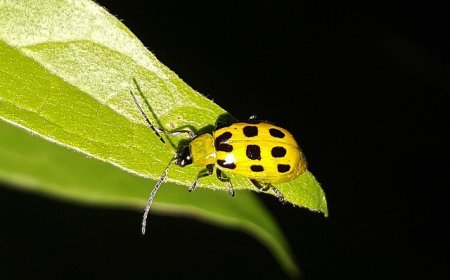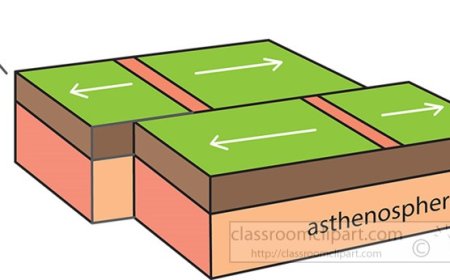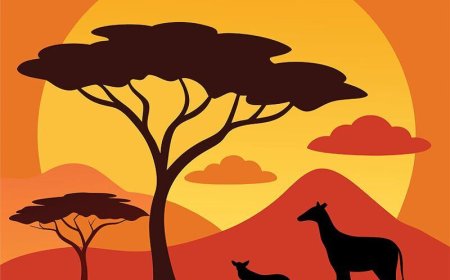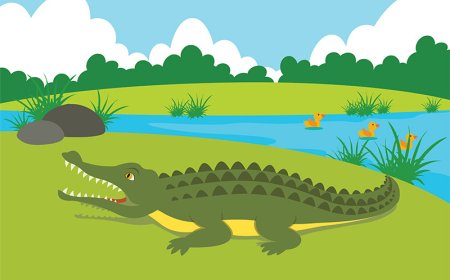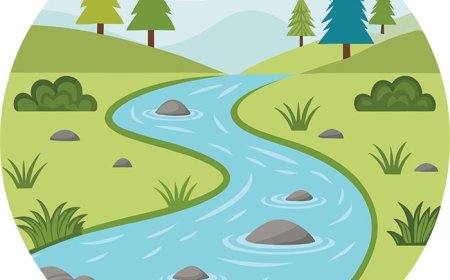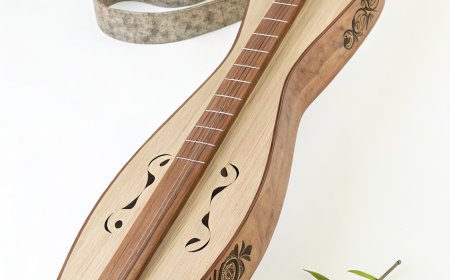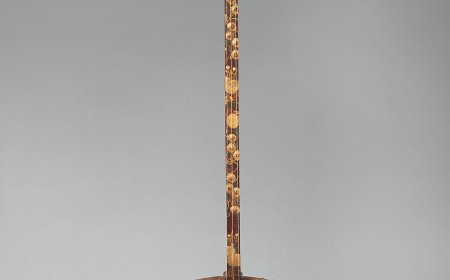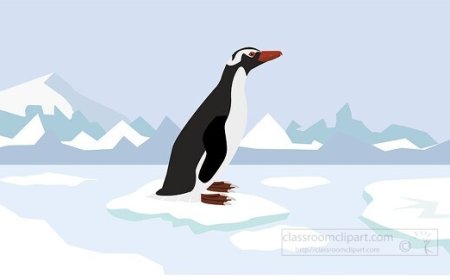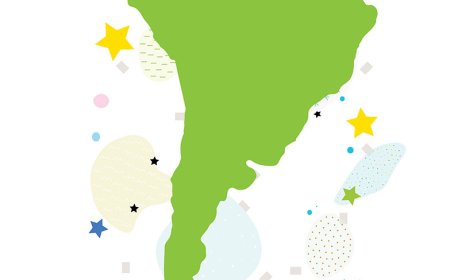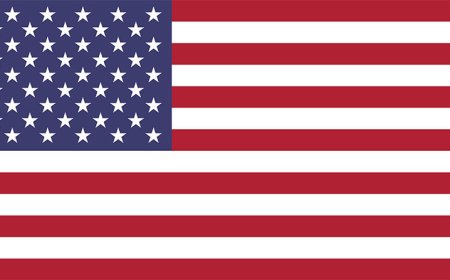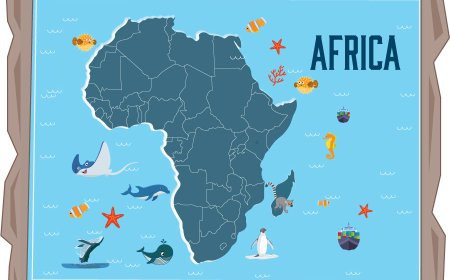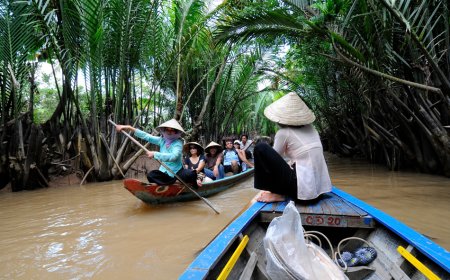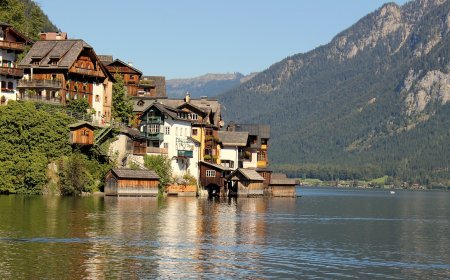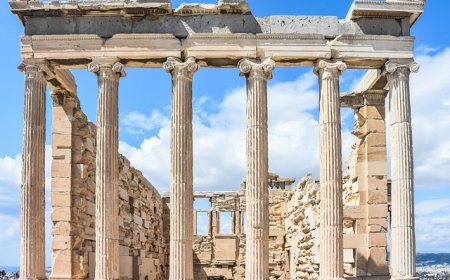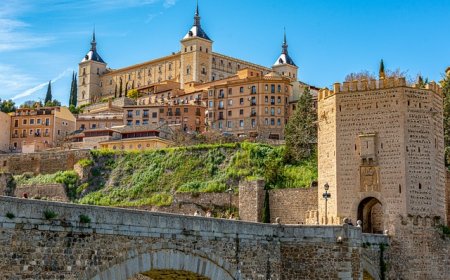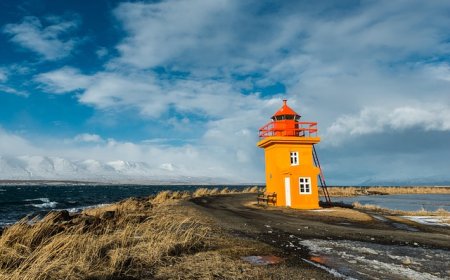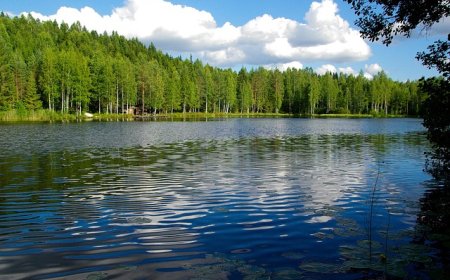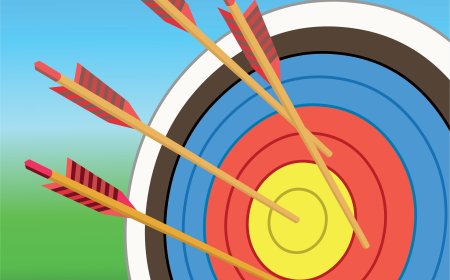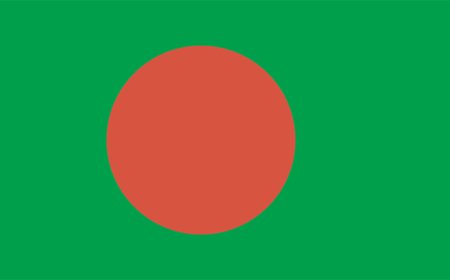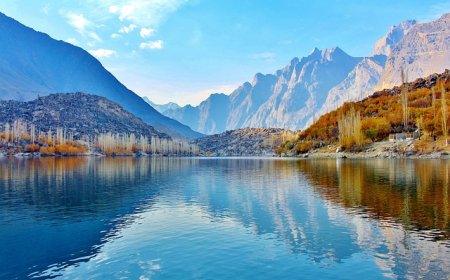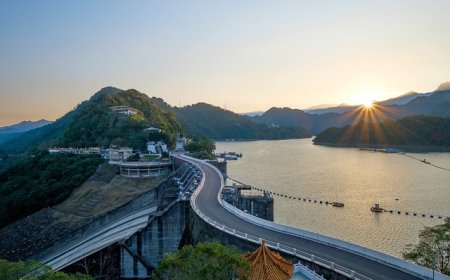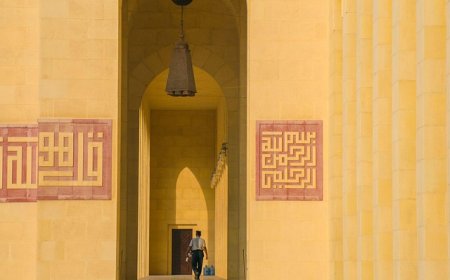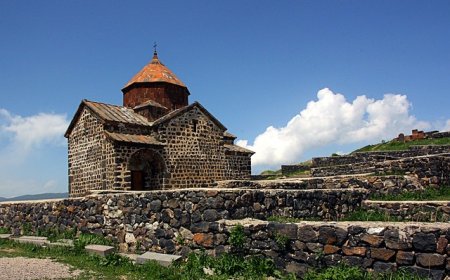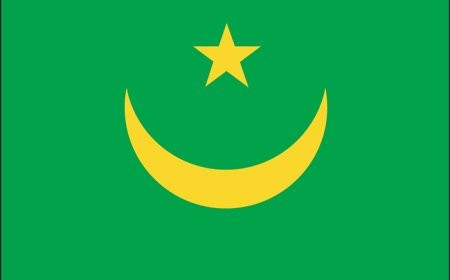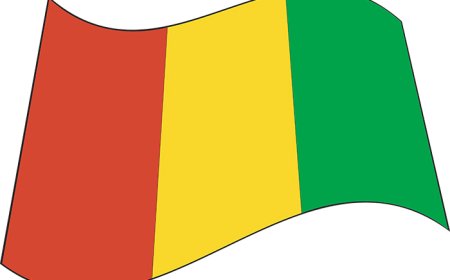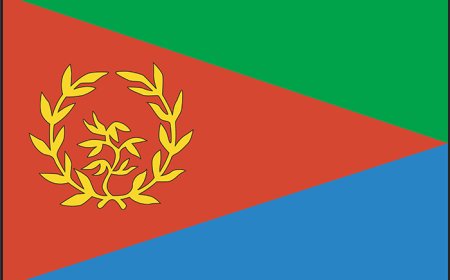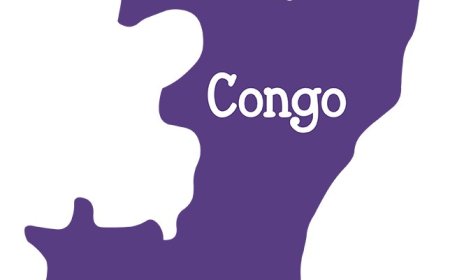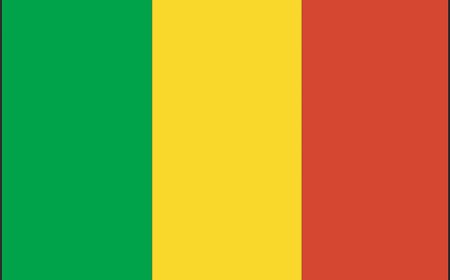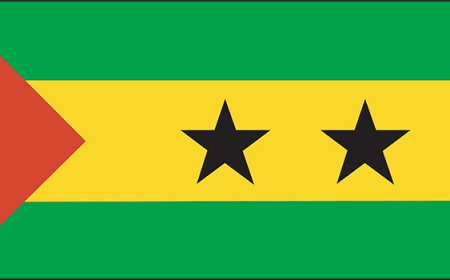Comoros Facts for Kids – Geography, History & Culture of the Indian Ocean
Explore fun facts about Comoros for kids. Discover this island nation's location in the Indian Ocean, volcanic terrain, multicultural heritage, local customs, and its unique biodiversity.
🌍 Introduction: An Archipelago of Spice and Tradition
The Union of the Comoros is an archipelago nation in the northern Indian Ocean, lying at the northern end of the Mozambique Channel between Madagascar and the African mainland. Comoros comprises three major islands—Grande Comore, Mohéli, and Anjouan—plus numerous smaller islets. Known historically as the Spice Islands, these islands produce fragrant cloves, vanilla, and ylang-ylang flowers. Comoros’s people blend African, Arab, Malagasy, and French influences into a vibrant Creole culture that celebrates music, dance, and hospitality against a backdrop of volcanic peaks, white-sand beaches, and turquoise lagoons.
🗺️ Geography & Environment
Comoros’s three main islands rise sharply from the warm ocean. Grande Comore features Mount Karthala, one of the world’s largest active volcanoes, whose frequent eruptions shape the island’s black-sand beaches and lava-studded slopes. Mohéli is the smallest, with rugged hills and protected marine parks, while Anjouan is famed for its terraced spice gardens and steep cliffs. The islands share a tropical marine climate—hot, humid, and rainy from November to April, and drier the rest of the year. Surrounding coral reefs shelter vibrant fish, sea turtles, and spinner dolphins, while the interior forests host unique bird species. Soil erosion and deforestation on the steeper slopes threaten habitats, prompting community reforestation and marine conservation efforts.
🏛️ Government, Language & Population
Since independence from France in 1975, Comoros has been a federal presidential republic. Political life has been marked by coups and short-lived presidencies, but recent elections have strengthened democratic institutions. The capital and largest city is Moroni, on Grande Comore, with its whitewashed mosques, bustling markets, and seaside promenade. Comoros’s population is about 900,000. The national language is Comorian (Shikomori)—a Swahili-based Creole—while French and Arabic are official in government, education, and religious practice. Nearly 99% of Comorians are Sunni Muslims, and Islamic traditions profoundly shape daily life, festivals, and family customs.
🎭 Culture & Daily Life
Comorian culture fuses African rhythms, Arab melodies, and Malagasy lore. The sound of the oud and drums accompanies traditional dances like the m’godro, performed at weddings and festivals. Villagers gather to harvest cloves and vanilla pods in the hills, then sell them in morning markets where women trade handwoven mats and embroidered scarves. Daily meals feature rice boiled in coconut milk, served with grilled fish, cassava, or plantains, and seasoned with locally grown spices. Tea spiced with clove and ginger marks every social visit, and hospitality means offering guests the best available foods and the warmest greetings.
📜 History Highlights
Archaeological and oral records show settlement by Bantu migrants and Malagasy sailors centuries ago. By the 10th century, Arab traders had established sultanates, converting local rulers to Islam and integrating Comoros into the Indian Ocean trade network. Portuguese mariners sighted the islands in the 16th century, but it was France that colonized the archipelago in the 19th century, incorporating it into French East Africa. After independence in 1975, Comoros endured over twenty coup attempts. A constitutional referendum in 2001 granted the islands a degree of autonomy, helping stabilize the union. Today, Comorians commemorate independence on July 6, celebrating with parades, music, and prayer.
💰 Economy & Resources
Comoros’s economy relies on agriculture, fisheries, and remittances from its global diaspora. Spices—especially cloves, vanilla, and ylang-ylang essential oil—account for most export earnings. Smallholder farmers tend rain-fed plots on steep terraces, producing cocoa, citrus, and fruits for local markets. Coastal communities fish for octopus, tuna, and crab, while tourists arriving for beaches and reefs support small hotels and dive shops. Limited infrastructure, access to credit, and vulnerability to cyclones constrain growth. National plans focus on sustainable tourism, value-added spice processing, and renewable energy, to broaden opportunities beyond subsistence farming.
🌿 Wildlife & Natural Beauty
The Comoros archipelago hosts remarkable endemic species. Livingstone’s fruit bat, the archipelago’s largest native mammal, pollinates wild ylang-ylang trees. Forests shelter rare birds like the Comorian drongo and humblot’s sunbird. Marine reserves around Mohéli protect nesting green and hawksbill turtles, while seasonal whale shark appearances delight divers. Moheli Marine Park, East Africa’s first protected marine area, fosters community co-management of reefs and mangroves, balancing fishing with biodiversity preservation. The islands’ waterfalls, volcanic calderas, and coral gardens offer an immersive classroom for ecology and conservation studies.
📚 Vocabulary List
Archipelago A group of islands
Clove A highly aromatic spice, flower bud of the clove tree
Ylang-ylang A tropical tree whose fragrant flowers are used in perfumes
Sultanate A Muslim-ruled kingdom or territory
Shikomori The Creole language of Comoros, based on Swahili and Arabic
Endemic Native to and found only within a specific geographic area
Marine reserve A protected area of ocean where human activity is restricted
Remittance Money sent by migrants back to their home country
Terracing Creating stepped levels on hillsides to prevent erosion and farm crops
Moheli Marine Park The first community-based marine protected area in East Africa
🧒 Kid-Friendly Summary
Comoros is a small island nation off Africa’s east coast, famous for its spices—cloves, vanilla, and ylang-ylang—and its warm, friendly people. The islands rise from the sea into volcanoes, coconut groves, and forests filled with unique birds and bats. In the capital, Moroni, colorful markets spill onto narrow streets, where fishermen sell their catch and farmers bring fresh fruit. Every home brews spiced tea to share with visitors. Comorians speak Shikomori, French, and Arabic, and nearly everyone follows Islam. Although life can be hard—hillsides are steep, and storms sometimes lash the coast—people work together to protect their reefs and forests, and they celebrate with music, dance, and feasts of fish and rice.
🎯 Interactive Quiz: What Do You Know About Comoros?
What ocean surrounds Comoros?
a) Atlantic Ocean b) Indian Ocean c) Pacific Ocean d) Arctic Ocean
Which spice is NOT a major Comoros export?
a) Clove b) Vanilla c) Ylang-ylang d) Saffron
What language is native to Comoros?
a) Shikomori b) Swahili c) Portuguese d) Hausa
What is the capital of Comoros?
a) Moroni b) Mutsamudu c) Fomboni d) Mitsamiouli
What animal helps pollinate ylang-ylang trees?
a) Fruit bat b) Elephant c) Gorilla d) Zebra
What is an archipelago?
a) A mountain range b) A group of islands c) A large lake d) A desert region
What is the main religion in Comoros?
a) Christianity b) Islam c) Hinduism d) Buddhism
What type of protected area surrounds Mohéli?
a) Desert park b) Rainforest park c) Marine reserve d) Mountain reserve
